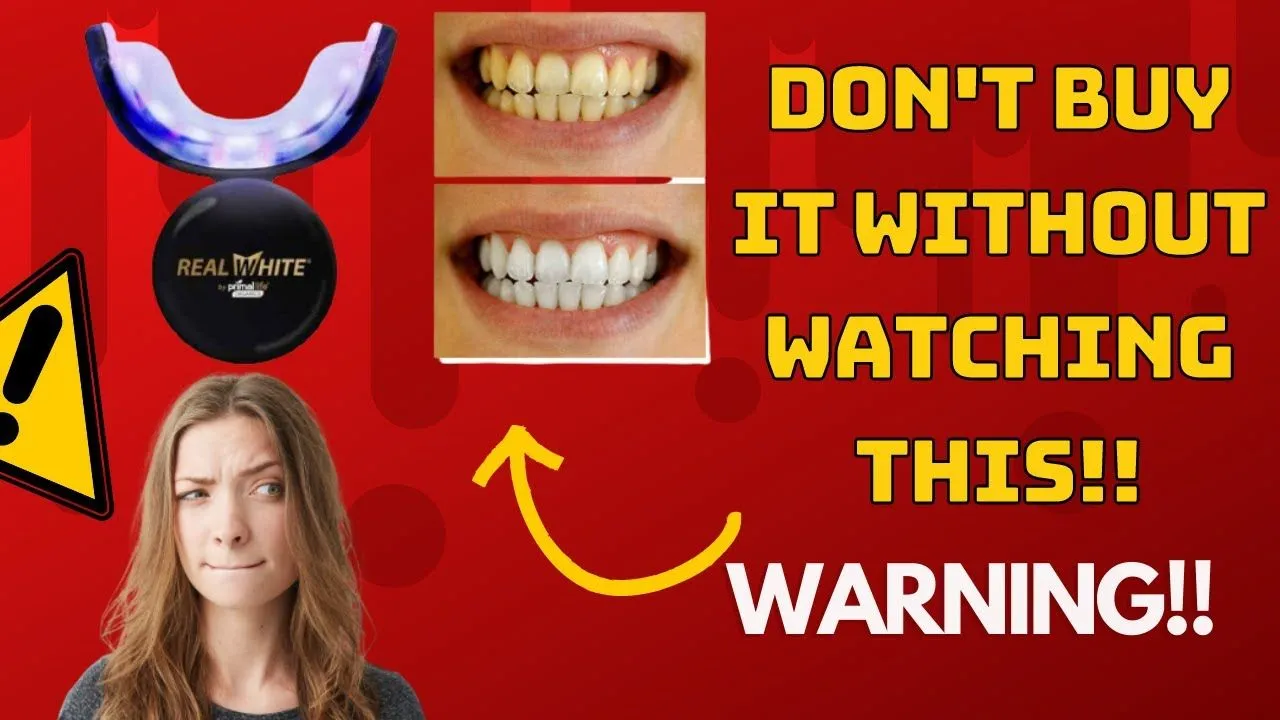What is LED Teeth Whitening?
LED teeth whitening, a popular cosmetic dental procedure, utilizes light-emitting diode (LED) technology to accelerate the bleaching process. This treatment typically involves applying a whitening gel, often containing hydrogen peroxide, to the teeth. A specialized LED light is then directed at the teeth, activating the whitening agents and expediting the breakdown of stains and discoloration. The procedure is often performed in a dental office, offering the potential for noticeable results in a relatively short period. However, it is crucial to be aware of the potential risks and dangers associated with this procedure before undergoing treatment. Understanding these factors is essential for making informed decisions about your dental health and ensuring a safe, effective outcome. The popularity of LED whitening has surged, making it even more critical to be informed.
How LED Teeth Whitening Works
The process begins with a dental professional applying a concentrated bleaching agent, usually a hydrogen peroxide-based gel, to the surface of the teeth. This gel is carefully applied to avoid contact with the gums, as it can cause irritation. Once the gel is in place, the LED light is positioned close to the teeth. The specific wavelength of the LED light interacts with the whitening agent, speeding up the chemical reaction. This interaction helps break down the stains that have accumulated on the enamel, leading to a brighter smile. The duration of the procedure varies, but typically, it involves several cycles of light exposure, each lasting for a few minutes. After each cycle, the teeth are cleaned and re-examined to monitor the progress. After the treatment, the dentist will usually give the patient aftercare instructions to maintain the new whiteness and minimize potential side effects.
Potential LED Teeth Whitening Dangers

While LED teeth whitening can deliver impressive results, several potential dangers and risks need careful consideration. Many individuals experience increased tooth sensitivity after the procedure. This sensitivity can range from mild discomfort to sharp, shooting pains, especially when consuming hot or cold foods and drinks. There’s also the risk of gum irritation and even damage, particularly if the whitening gel comes into contact with the gums during the procedure. Moreover, repeated or excessive use of LED whitening can contribute to enamel erosion, weakening the teeth and making them more susceptible to decay. It’s also worth noting that LED whitening might not be effective for all types of stains, and some individuals may not achieve the desired results. Considering these potential risks, patients must discuss their medical history and expectations with a dentist.
Tooth Sensitivity after LED Whitening
Tooth sensitivity is a frequent side effect experienced by many undergoing LED teeth whitening. The bleaching agents used in the process can penetrate the enamel and reach the dentin, the layer beneath the enamel containing microscopic tubules. This causes the nerves in the teeth to become irritated, leading to sensitivity. The level of sensitivity varies from person to person and can be influenced by factors like the concentration of the whitening agent, the duration of the treatment, and the individual’s pre-existing dental health. While sensitivity is often temporary and subsides within a few days or weeks after the procedure, it can be uncomfortable. Dentists often recommend using desensitizing toothpaste containing ingredients like potassium nitrate to help manage sensitivity and reduce discomfort. Avoiding extremely hot or cold foods and beverages immediately after the treatment can also minimize sensitivity.
Gum Irritation and Damage
Another significant concern associated with LED teeth whitening is the potential for gum irritation and damage. The bleaching agents used are potent chemicals that can cause inflammation and irritation if they come into contact with the soft tissues of the gums. Proper isolation techniques are crucial during the procedure to prevent the whitening gel from seeping onto the gums. Without adequate protection, individuals may experience symptoms such as redness, swelling, and soreness. In more severe cases, the gums may even develop blisters or ulcers. While dentists take precautions to protect the gums, accidents can happen, and sensitivity can persist. If gum irritation occurs, it’s essential to inform the dentist. They can provide appropriate treatments, such as anti-inflammatory medications or topical treatments, to alleviate discomfort and promote healing. Poor technique or improper use of the LED device can worsen the risk.
Enamel Erosion Concerns

One of the more serious long-term risks of LED teeth whitening is the potential for enamel erosion. Enamel is the hard, protective outer layer of the tooth. While the bleaching agents in the whitening gel primarily target stains, prolonged or excessive use of these chemicals can weaken the enamel, making the teeth more susceptible to damage. Enamel erosion can lead to increased tooth sensitivity, as the underlying dentin becomes exposed. It can also make teeth more vulnerable to decay and cavities. The risk of enamel erosion increases with the concentration of the whitening agent, the frequency of treatments, and the duration of exposure to the LED light. Therefore, it’s crucial to adhere to the dentist’s instructions regarding the frequency and duration of whitening treatments. Additionally, using fluoride toothpaste can help remineralize the enamel and protect the teeth against erosion, making the whitening process safe and effective. Before undergoing treatment, patients should discuss their dental health with their dentist.
Ineffectiveness in Certain Cases
While LED teeth whitening can be highly effective for many, it’s not a one-size-fits-all solution. The results can vary depending on the type and severity of the stains and the individual’s natural tooth color. Extrinsic stains, those on the surface of the teeth caused by food, drinks, and smoking, usually respond well to LED whitening. However, intrinsic stains, those located within the tooth structure, may be more challenging to remove. In some cases, LED whitening may not produce the desired results. Stains caused by medications, such as tetracycline, can be particularly resistant to bleaching. The effectiveness of LED whitening also depends on the individual’s oral health. Patients with dental work, such as fillings or crowns, may notice that the whitening treatment only affects their natural teeth, resulting in uneven coloration. Before opting for LED whitening, individuals should discuss their expectations and dental history with their dentist to determine whether this treatment is suitable for their specific needs and expected results.
Cost and Convenience Factors of LED Whitening
LED teeth whitening is often perceived as a convenient and relatively quick way to achieve a brighter smile. The procedure can be completed in a single dental visit, which appeals to individuals seeking immediate results. However, the cost of LED whitening can be a significant consideration. The price varies depending on the location, the dentist’s experience, and the specific products used. Generally, LED whitening is more expensive than at-home whitening options. While the convenience of in-office treatment is appealing, it’s important to weigh the cost against the potential benefits and risks. Additionally, the results are not always permanent, and touch-up treatments may be needed to maintain the desired level of whiteness. Some patients might find the cost of LED whitening prohibitive. It’s essential to consider all options and associated expenses to find the most appropriate solution for your budget and dental goals. Also, take into account the time commitment and any required follow-up appointments.
Alternative Teeth Whitening Methods

Several alternative teeth whitening methods are available for those seeking to brighten their smiles. At-home whitening kits, which typically include custom-fitted trays and whitening gel, are a popular option. These kits offer a more affordable way to whiten teeth, and the results can be noticeable with consistent use. However, at-home whitening may take longer to achieve the desired results. Another option is over-the-counter whitening products, such as whitening strips, toothpaste, and mouthwashes. These products are readily accessible and easy to use, but their whitening effect may be less dramatic than professional treatments. Professional teeth whitening options include professional cleaning and other cosmetic treatments, and they usually offer more significant results, but they’re also more expensive. The best teeth whitening method depends on individual preferences, budget, and the severity of the discoloration. Consulting with a dentist can help determine the most suitable approach based on an assessment of the individual’s oral health and desired results.
Conclusion
LED teeth whitening is a popular cosmetic procedure that can effectively brighten your smile. However, it’s crucial to understand the potential risks and dangers associated with this treatment. Tooth sensitivity, gum irritation, and enamel erosion are all potential side effects that need careful consideration. While the procedure can deliver quick results, individuals must weigh the benefits against the risks and consult with a dentist to determine whether it’s a suitable option. Considering the cost, convenience, and potential side effects, exploring alternative teeth whitening methods is also essential. By making informed decisions and prioritizing dental health, you can achieve a brighter smile safely and effectively. Regular dental check-ups and adherence to the dentist’s instructions can also help to prevent complications and maintain optimal oral health, ensuring that your smile remains healthy and radiant for years to come. Always consult with your dentist regarding the best practices.
